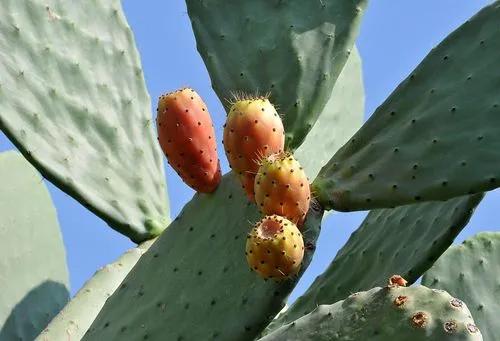Baptisia australis, commonly known as blue wild indigo or blue false indigo, is a flowering plant in the family Fabaceae. It is native to much of central and eastern North America and is particularly common in the Midwest.
Blue False Indigo Care
Baptisia australis
Other names: False Indigo, Bastard Lupine, False Lupine, Golden Indigo, Indigo Weed, Tall False Indigo



Baptisia australis, commonly called blue false indigo, is an upright perennial which typically grows 3-4' tall and occurs in rich woods, thickets and along streambanks from Pennsylvania south to North Carolina and Tennessee. It features purple, lupine-like flowers in erect racemes (to 12") atop flower spikes extending well above a foliage mound of clover-like, trifoliate, bluish-green leaves (leaflets to 2" long). Blooms in spring. Flowers give way to inflated seed pods (to 2.5" long) which turn charcoal black when ripe and have considerable ornamental interest. Seeds rattle around in the blackened pods which were once popularly used by children as rattles. Stems with seed pods are valued additions to dried flower arrangements. The genus name Baptisia comes from the Greek word bapto meaning "to dye". Specific epithet means southern.
How to Care for the Plant

Water

Keep it watered regularly for the first year. Once established, Baptisia is very drought-tolerant.

Fertilizer

They like a yearly dose of a general garden fertilizer.

Sunlight

False Indigo will get floppy without at least six hours of full sunlight. Full sun also prevents fungus diseases.

Soil

False indigo prefers drier, well-draining soils. It is not particular about soil pH but does best in a soil that is neutral to slightly acidic.

Temperature

The plant can be grown in the areas with the lowest winter temperatures of −40°C (−40°F).

Popularity

1,273 people already have this plant 203 people have added this plant to their wishlists
Discover more plants with the list below
Popular articles






